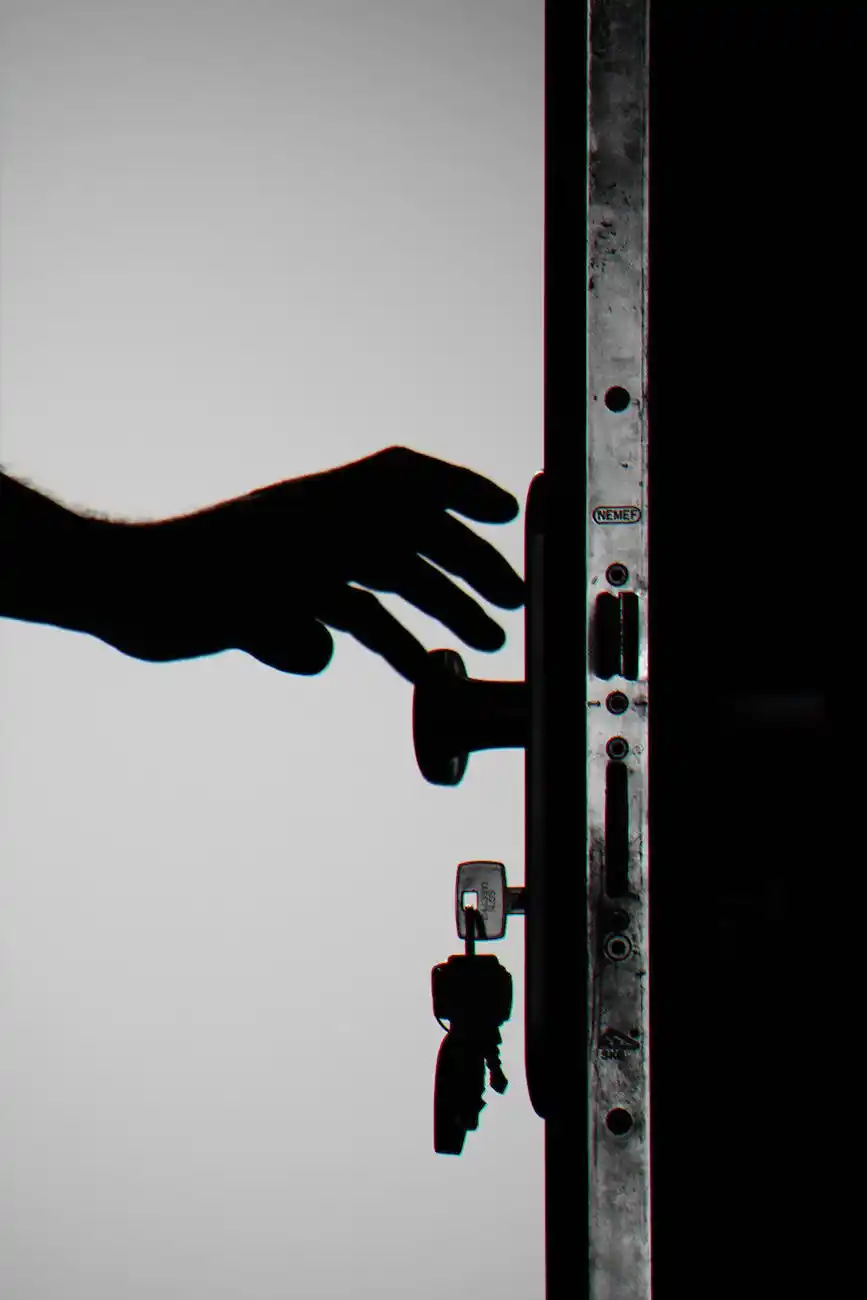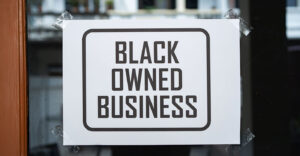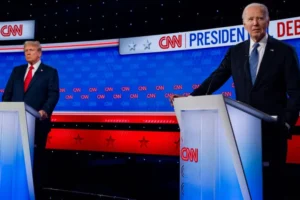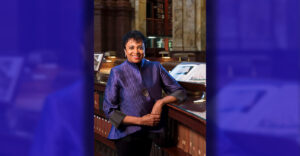Distrust in America: Small mistakes, deep fear — and gunfire

by TIM SULLIVAN Associated Press and AARON MORRISON Associated Press
In suburban Detroit, it was a lost 14-year-old looking for directions. In Kansas City, it was a 16-year-old who went to the wrong house to pick up his younger brothers. There was the 12-year-old rummaging around in a yard in small-town Alabama, the 20-year-old woman who found herself in the wrong driveway in upstate New York and the cheerleader who got into the wrong car in Texas.
All of them, and dozens more across America, were met by gunfire. Some were injured, some killed.
In a nation where strangers are all too often seen as threats and fear has been politicized, honest mistakes and simple acts like going to the wrong address or car in a parking lot, or even just ringing the wrong doorbell, can seem like a fateful question of trust.
It is a tension not lost on Jae Moyer, who was at a rally at the federal courthouse in Kansas City on Tuesday, demanding a U.S. Department of Justice investigation into the shooting of Ralph Yarl, the Black teenager shot last week when he went to the door of an elderly white man while looking for his brothers. Yarl, who was shot in the head and arm, is recovering at home.
“I want to be welcoming and inviting to anyone that comes to my home. Even if they are asking for help and I can’t help them I’m going to be kind to them. I think that’s the way everyone should be,” Moyer said.
“But I don’t think that’s the culture we have right now,” Moyer said. “There’s a lot of fear in our country.”
There is also plenty of mistrust.
AMERICAN SUSPICION
In the early 1970s, surveys showed that about half of America believed most people were trustworthy. By 2020, that number had fallen to less than one-third. Meanwhile, Americans have believed for decades that crime is going up even in years when it is going down and also wildly overestimate their chances of being a crime victim.
“Part of that is you guys,” said Warren Eller, a professor at the John Jay College of Criminal Justice, referring to the media’s relentless focus on crime. “We get 24 hours a day of all the dangers out there.”
That’s hardly surprising. Politicians have long used crime as a wedge issue to gain footholds. Neighborhood message boards foment paranoia about suspicious outsiders. And local and national newscasts bombard TV viewers daily with images of grainy surveillance videos showing a variety of crimes and provocative headlines about cities in decay.
That includes shootings where innocent victims are shot by people who wrongly believe that they are under threat. While there are few statistics on these shootings, they appear to make up a very small percentage of the more than 15,000 people killed every year in the U.S. in firearm homicides.
And yet in just six days in April, four young people across the U.S. were shot — and the woman in New York killed for being at what someone decided was the wrong place. Just Tuesday, a man shot and wounded two cheerleaders in a Texas supermarket parking lot after one said she mistakenly got into his car thinking it was her own. One cheerleader was grazed by a bullet and treated at the scene. Her teammate was shot in the leg and back.
This American mistrust has settled in as something that, while not normal, is less surprising than ever. And when mixed with legal confusion, easy access to weapons, poor firearms training and sometimes outright racism, it has produced a string of shootings like these that never seems to end.
Take the legal issues. Shooters in incidents like these often use defenses based on “stand-your-ground” laws, which have broadened people’s rights to defend themselves if they are threatened. But those laws, which have spread across America in the last 25 years, may have actually driven up violence.
A study published in 2022 by the JAMA Network Open, a peer-reviewed medical journal, found that monthly homicide rates increased between 8% and 11% in states with stand-your-ground laws.
“I think it has commonly become known of as a license to use deadly force whenever someone feels threatened,” said Geoffrey Corn, the chair of criminal law at the Texas Tech University School of Law. He has extensively studied such laws, which he believes are deeply misunderstood by the public.
“The fear has to be justified by the circumstances,” he said. “You don’t get to kill somebody just because you fear them.”
AGGRAVATING FACTORS
Legal experts expect Andrew Lester, the 84-year-old man who shot Yarl, to claim self-defense and cite Missouri’s stand-your-ground law. On Wednesday, he pleaded not guilty in Yarl’s shooting.
Corn, a 22-year-military veteran, also wonders about America’s recent boom in firearm sales and whether it has combined with insufficient training to compound the problem.
“What troubles me isn’t that there are a lot of firearms, it’s that nothing is required of someone who takes on the awesome responsibility” of wielding them, Corn said. Even in states that require firearms training, he says training is often insufficient, with poor explanations of self-defense laws.
When he was in the military, he had weeks of training before he was even allowed to touch a bullet. “I was always conscious of the awesome killing power of a firearm,” he said.
Then there is the unavoidable question of race, a central pillar of American distrust across the centuries.
False notions about threats posed by nonwhite people have played out repeatedly in modern American history, including in a number of high-profile cases when assailants attacked Black or Hispanic people who they believed meant them harm, even when no threat was apparent.
Yarl’s shooting has drawn comparisons to the 2012 shooting death of Trayvon Martin, 17, a Black teenager visiting his father’s home in a gated Florida community when George Zimmerman, a volunteer neighborhood watchman, decided he looked suspicious and shot him to death. Zimmerman was acquitted after a trial in which his attorneys essentially used the state’s stand-your-ground law as a defense.
It also echoes the case of Renisha McBride, a Black woman who knocked on doors in a Detroit-area community in 2013, seeking help after a car accident. She was fatally shot by a white resident who fired through his screen door, saying he feared she meant him harm.
These cases, said Ibram X. Kendi, the bestselling author of books on racism and founder of the Center for Antiracist Research at Boston University, occurred because people of all races and backgrounds are groomed to fear Black people as more prone to criminality and violence.
“No one is born fearing another person because of their skin color,” Kendi said. “There’s so many different ways in which people are taught that Black people are dangerous, and those ideas actually create all sorts of dangers for Black people, including Black teenagers.”
“The more we unlearn that idea and realize that we can’t attach danger to skin color in any way,” he said, “the less likely people are going to be to use lethal force against a 16-year-old child who is ringing their doorbell.”








